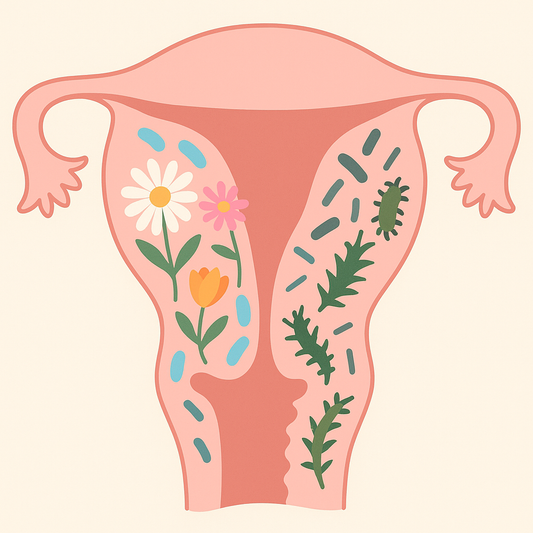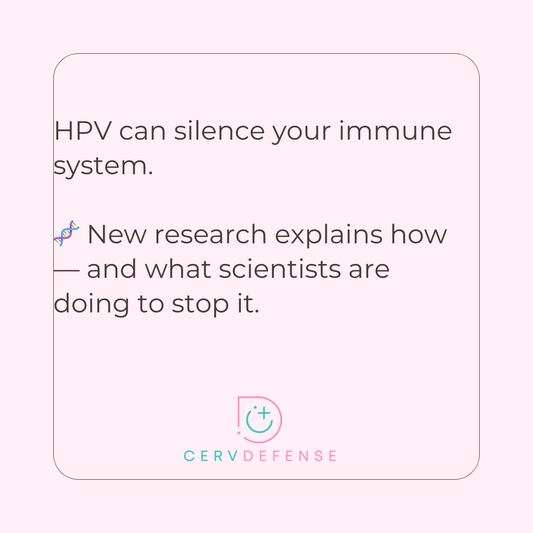
Why I Didn’t Rush Into LEEP — and What I Learned
Share
When I first got the results of my Pap smear — "highly abnormal" — my doctor immediately recommended LEEP. It was fast, it was standard, and I was told it was necessary.
But something in me hesitated.
Not because I was reckless — but because I wanted to understand what was happening in my body before jumping into a procedure with potential long-term side effects.
Today, I want to share why I paused. And why you might consider pausing, too.
🧪 What Is LEEP — and Why Is It Used?
LEEP (Loop Electrosurgical Excision Procedure) is a treatment used to remove abnormal cells from the cervix, often after a Pap smear or biopsy shows signs of precancerous changes.
It’s effective in many cases — but it’s not without risks, especially if it’s used too soon.
📊 New Research Suggests: Many Women Are Over-Treated
A recent meta-analysis published in BMC Women's Health (2025) looked at women who had abnormal Pap results. Researchers compared two common treatment paths:
-
See-and-treat (S&T): Women had a LEEP right after their Pap test
-
Three-step approach: Women had a Pap → colposcopy → biopsy → then LEEP if needed
Here’s what they found:
➡️ For women with low-grade abnormalities (like LSIL or ASC-US), the see-and-treat method doubled the risk of overtreatment.
That means many women were undergoing LEEP procedures they didn’t actually need — potentially facing unnecessary bleeding, pain, discharge, and even long-term effects on fertility and cervical function.
🙋♀️ Why I Waited
I want to be clear: LEEP can be a necessary and life-saving procedure for many women. It’s effective at removing abnormal cells and reducing the risk of cervical cancer when those cells are at high risk of progressing.
But what I didn’t know — and what most people aren’t told — is that LEEP isn’t without risks.
Depending on your age, reproductive goals, and the severity of your abnormal cells, LEEP may come with long-term tradeoffs, including:
-
Cervical scarring, which can affect cervical function
-
Shortened cervix, which may lead to complications during pregnancy
-
Painful recovery, including cramping, discharge, and discomfort
-
Emotional aftershocks, like anxiety, fear of intimacy, loss of sexual sensation, or reproductive trauma
And if your abnormal cells were low-grade or likely to clear on their own, it’s possible that LEEP may not have even been necessary in the first place.
That’s what the BMC meta-analysis confirmed: in cases of low-grade abnormalities, women who underwent immediate LEEP were often overtreated — meaning they faced all the risks, with no real benefit.
That was the moment I realized:
I didn’t want to rush.
I wanted to give my body a chance to do what it’s naturally capable of — with support, not just intervention.
So I gave myself four cycles. I supported my body using a specific combination of science-backed nutrients, stress reduction, and lifestyle shifts. And when I returned for a follow-up?
My cervical cells were back to normal.
💊 The Protocol That Helped Me
That protocol became the foundation of CervDefense, the supplement I created after my own healing.
It includes key ingredients like:
-
DIM – may support healthy estrogen metabolism
-
Green Tea Extract (EGCG) – antioxidant support
-
Zinc & Methylated Folate – important for immune and cell health
-
I3C, Selenium, and more – targeted support for natural balance
You can learn more about the ingredients here or download my free e-book to see my full plan.
💬 Bottom Line
If you’re navigating an abnormal Pap result, you deserve more than a yes/no treatment plan.
This isn’t about ignoring medical advice — it’s about understanding your options, asking questions, and making choices from a place of clarity.
Sometimes, waiting is wisdom.



